[1] CoQ10 and niacin not good for Top Gun pilots: You don’t get useful supplement information like this at other Paleo sites.
The case presented here details a Naval Aviator who experienced reduced G tolerance over two successive flights with a temporal relationship of starting a new supplement. Two components of the supplement, coenzyme Q10 and niacin, are highlighted here for their hemodynamic effects. After stopping the supplement the aviator regained his normal G tolerance and had no further issues in flight.
Barker PD. Reduced G tolerance associated with supplement use. Aviat Space Environ Med. 2011 Feb;82(2):140-3. http://pmid.us/21329031.
[2] Thank you, science, this is helpful:
- Cell phones are dangerous.
- Cell phones are not dangerous.
[3] N-acetylcysteine and choline reverse insulin resistance in rats. This is for biology junkies. How does physiological insulin resistance get reversed? Feeding signals do it, and cysteine and choline may be primary signals. Also, there is liver and brain involvement, since denervation of the liver causes insulin resistance. A hypothesis: there is a “hepatic insulin sensitizing substance” (HISS).
Lautt WW et al. Bethanechol and N-acetylcysteine mimic feeding signals and reverse insulin resistance in fasted and sucrose-induced diabetic rats. Can J Physiol Pharmacol. 2011 Feb;89(2):135-42. http://pmid.us/21326345.
[4] Do eggs eliminate need for carbohydrates? Seth Roberts recounts an interesting n=1 experience:
Joseph Buchignani … discovered that a meat-only diet eliminated his IBS. However, it also caused craving for carbs. Because carbs caused IBS, he couldn’t simply eat carbs. He tried many ways of getting rid of the craving for carbs: eating more animal fat, eating less animal fat, eating oil, eating lard, and eating different kinds of animals and cuts of meat. He varied how he cooked the meat, eating especially fresh meat, and eating fresh whole fish. All of these attempts failed. He did not try taking a multivitamin pill.
Finally he tried adding egg to the meat. That eliminated his craving for carbs…
Sure, some cravings reflect nutrient deficiencies. (Not all cravings: An alcoholic craves alcohol.) But in the cases I know about, there is an obvious or semi-obvious connection between the craving and the deficiency. For example, people who chew too much ice (pagophagia) crave ice to chew. They are iron-deficient. Eating iron eliminates the pagophagia. Long ago, a craving to eat something crunchy would have led you to eat bones. Bone marrow is high in iron. So the craving makes sense. In contrast, there is no obvious or semi-obvious connection between carbs and eggs.
The explanation for Mr. Buchignani’s experience is not obvious to me either. However, here’s a hypothesis: Eggs are rich in cysteine and choline, so maybe they give an especially strong feeding signal that over-rides the appetite signal generated by carbohydrate deficiency.
[5] We need a good mucus barrier to prevent self-digestion. Every once in a while I assert in the comments that we need a good mucus barrier to protect our own cells from digestive enzymes, and so people with bowel problems (hence a deficient mucus barrier) should be cautious about taking protease or lipase enzymes. Then somebody asks for a reference (tough crowd!).
Well, here’s a paper that came out this week. It’s about proteases. The new part to me was that NAC is mucolytic and aggravates the injury. So reversing your insulin resistance with NAC might damage your gut … trade-offs, trade-offs.
Qin X et al. The Mucus Layer is Critical in Protecting Against Ischemia-Reperfusion-Mediated Gut Injury and in the Restitution of Gut Barrier Function. Shock. 2011 Mar;35(3):275-281. http://pmid.us/20856173.
[6] Most pesticide-contaminated vegetable? Celery. “This stalky vegetable tops the dirty list. Research showed that a single celery stalk had 13 pesticides, while, on the whole, celery contained as many as 67 pesticides.”
[7] Paleo cavities and chronic infections: Rhodesian Man, dated to between 125,000 and 300,000 BC, had cavities in ten upper teeth and pitting in his skull indicates he was probably killed by a chronic dental or ear infection. Paleo diets were not a cure-all for infectious disease. Via Melissa McEwen.
[8] Love in nature:

(Via Yves Smith)
[9] Vegan recovers health by eating animal foods: That’s not news. But she wrote a beautiful essay:
I wanted desperately for it to be right, for my ethics to outweigh my physiology.
Then she got death threats.
(Via Newmark’s Door)
[10] Shows how out of touch I am: If Richard Nikoley hadn’t blogged about it, I wouldn’t have known he has detractors. Whatever for? Has he been teasing the vegans again?
[11] Does the body have a fat mass setpoint? Pål Jåbekk of Ramblings of a Carnivore has a discussion of why the word “setpoint” may mislead. I agree – fat mass “equilibrium” or leptin “target” would probably be better words.
Pål objects to the setpoint language because he thinks it has encouraged a simple fat in / fat out mechanistic view of weight gain, and promotes a therapy of “starve and do insane amounts of exercise.” Pål suggests instead a lake metaphor:
When it comes to the body fat setpoint, I rather like the lake comparison. A lake can for those less informed seem to have a set point of water level. Despite rather large fluctuations in temperature, evaporation and water going into and out of the lake, the lake maintains it water level because the factors mostly responsible for the level influence each other. This does not mean that it is difficult to change the level, nor does it mean the lake “attempts to defend against change.” Build a damn dam and the water level will go up. Drain it, and the level goes down. It’s not very hard, you just have to push the right buttons.
I like this metaphor because it expresses the equilibrium concept – fat mass is in equilibrium the way water in the lake is in equilibrium; the equilibrium can change. On the other hand, the way to adjust water level is to reduce water in and increase water out. Doesn’t this metaphor promote the calories in / calories out view? And isn’t that the view that suggested the failed “starve and do insane amounts of exercise” weight loss regimen?
My conclusion: Semantic disagreements can be hard to resolve!
(Note to readers: For our thoughts on how to lose weight, peruse the “Weight Loss” category).
[12] Weekly video: The Cleveland zoo discovers that gorillas get healthier when they eat natural foods instead of sugary biscuits. This is a revelation to zoology:
(Via John Durant)









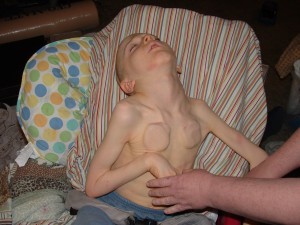

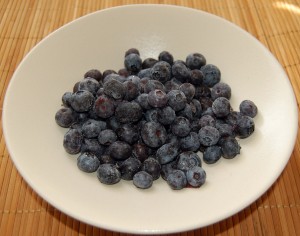
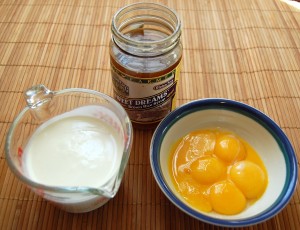
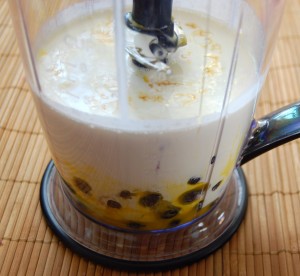

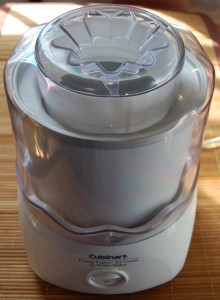
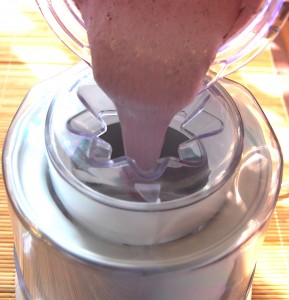
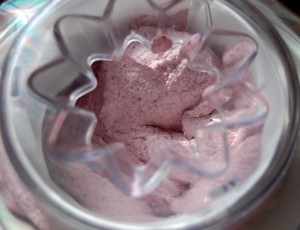
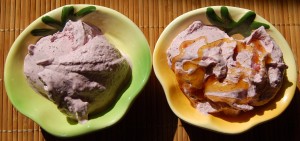




Recent Comments